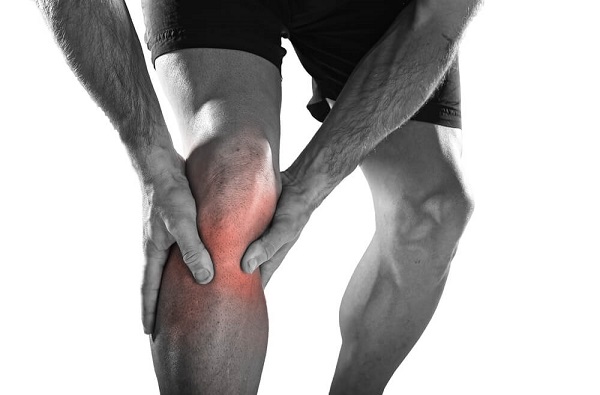Exercise and your brain
September 16, 2019
Top Tips For Mental Health Management
October 15, 20193 Key things to do to help reduce your injury risk!

Practice makes perfect
The old saying couldn’t be truer when it comes to reducing injury risk. Getting you technique down pat is the first step to any type of training. If you are performing a movement incorrectly then your chance of injury can increase. So, if you are training for a sports event aim to perform exercises specific to the requirements of your sport e.g. jumping, landing, tackling OR if it is just general health you are after practice the exercises you are going to do in the gym or park e.g. squatting, push ups or running.
Whatever your training for practice, practice, practice!
Build strength
To put it simply if your muscles are strong then they can withstand force and stress put through them more effectively. This in turn allows more support and better mobility within your joints.
To build strength you don’t have to go out and start lifting heavy weights all you need to do is challenge what your muscle are currently capable of doing and they will adapt. Start off slowly and gradually build in to the heavier weights.
Which leads us on to our next point.
Load management
An easy trap many people, especially beginners, can get into is to try and do too much too early. Managing the load you are doing during training is an important part of reducing your injury risk. There was a study done on load management for AFL footballers and it found that a greater then 10% increase in load each week doubled their risk of injury. This shows that increasing the intensity of your exercises too quickly can greatly increase your chance of injury.
An easy way to manage your load is shown in the graph below. Its called step loading. Each week you increase your load by small increments then at week 4 you have a low intensity week. This week helps prevent over training and allows your body to recover before you increase your load again.

Do you keep getting injured? Or have a niggling injury that just won’t go away?! Get it sorted fast with a visit to our EXERCISE PHYSIOLOGISTS!
Or CALL US NOW on (02) 4016 4446

